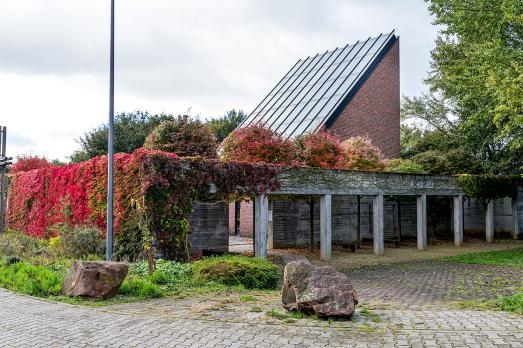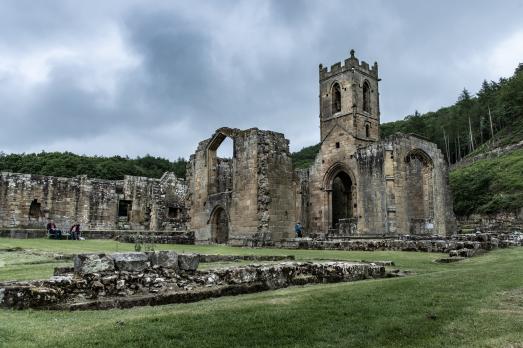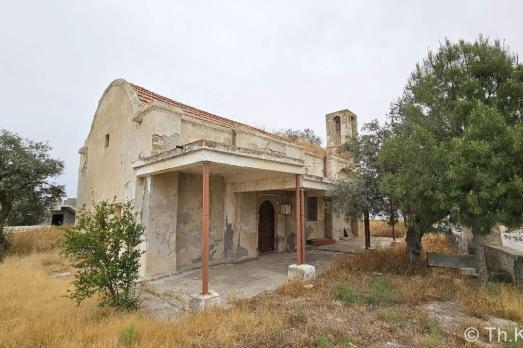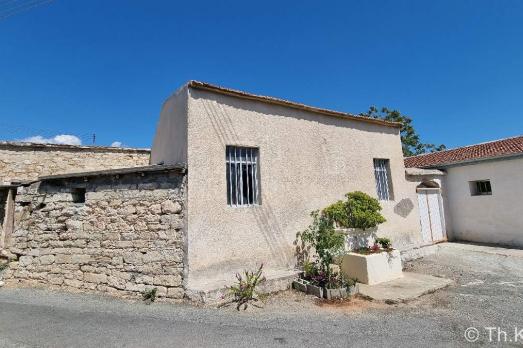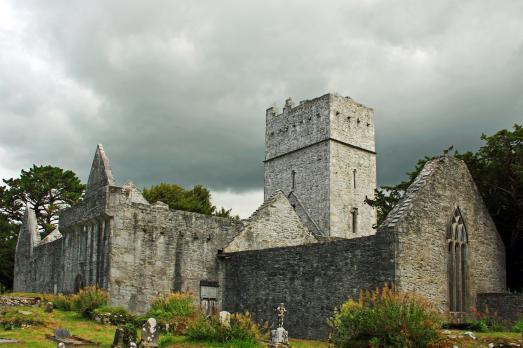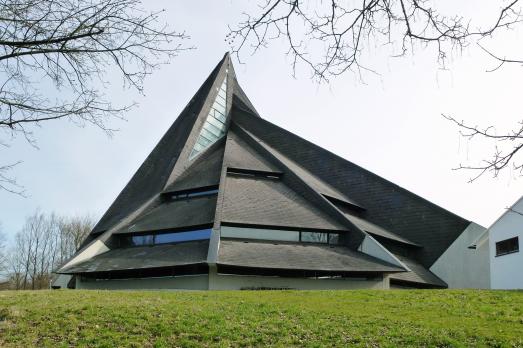
Motorway Church in Windach
Windach, DE
The motorway church in Windach on the A 96 is a tent-shaped church. The construction by the Munich architect Josef Wiedemann serves primarily as a parish church. The simultaneous use as a motorway church was an obvious choice due to its proximity to the A 96 motorway. Inside, the light wood panelling of the roof creates a warm atmosphere. At the centre of the dodecagonal floor plan is the altar, around which chairs are arranged in a circle.
